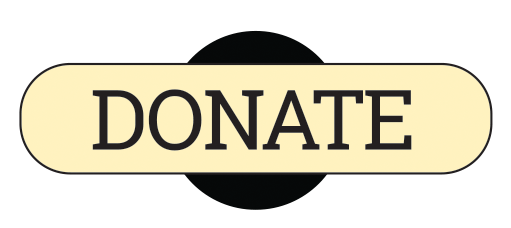Biologist and scientific illustrator Lauren Helton first started working with IBP as a MAPS bander back in 2009. After falling in love with bird banding, she worked seasonally with IBP before joining the Point Reyes Station team as a full time biologist in 2014. These days Lauren runs IBP's MAPS stations in Yosemite and on the Merced River, as well as a station near Point Reyes. She recruits and trains the banders, and manages banding data. Lauren also works on IBP's Pacific Island Bird Conservation program and has done fieldwork in American Samoa and Saipan. In addition, she teaches some of IBP's bird banding courses. And last, but not least, Lauren serves as IBP's official scientific illustrator, putting her artistic talents to use producing artwork, illustrations, and figures for IBP's publications.

Some young Aplomado Falcons which Lauren helped to release. Photo by Lauren Helton.
What's the best part of your job with IBP? There are a ton of things I love about my job but I think if I had to pick one, it would be the travel opportunities. To date, I have banded birds in multiple US states including Alaska, the Commonwealth of the Northern Mariana Islands, American Samoa, and also Nicaragua. Not only do I get to see incredible, unique birds up close, but I love meeting the local people and enjoying the food and scenery. It has given me more of an interest in history, too. My grandfather fought in WWII in the Pacific theater, but it’s not something we ever learned much about in school. I’ve seen old cannons and bunkers, and found unexploded ordinance while checking mist-nets. It really makes that part of world history so much more tangible and terrible.

"Privateer" a portrait by Lauren Helton
Do you have a favorite bird? If yes, why is it your favorite? Every time someone asks me this, my answer changes. I have too many favorites! I can guarantee that it will almost always be a bird of prey, though. Aside from the Aplomado falcons I talked about earlier, regular top favorites include Harris’ Hawks (they’re so smart and so social, which makes them really fascinating to me), and Cooper’s Hawks (once you’ve seen one swim through blackberry bushes and run down sparrows on foot like a velociraptor you can’t help but be impressed). The one non-raptor that often makes the list is the Micronesian Kingfisher, which is Saipan’s closest equivalent. As a forest kingfisher, they eat insects, lizards, and small birds rather than fish, and the electric blue back and wings combined with the bright white head and belly are just so stunning.

Lauren with her Cooper's Hawk, Pele. Photo by Heath Garner.

Lauren with the Broad-winged Hawk she extracted from a mist net in 2009. Photo by Ramiro Aragon.
Coolest bird you have ever caught? Back in 2009 when I was a brand new volunteer, I walked up to one of the nets at our training area in Grants Pass, OR and found a Broad-winged Hawk lying in the very bottom. The two volunteers with me on that net check weren’t comfortable handling raptors, so I got to be the one to take this crazy migrant hawk back to the banding station! As if I wasn’t already completely convinced that bird banding was awesome, that was certainly a special moment.






